The Waylanders is the time-travelling RPG made by ex-BioWare and Telltale developers that you need in 2020
Inspired by Dragon Age, but you'll be cultivating love and friendships across time periods
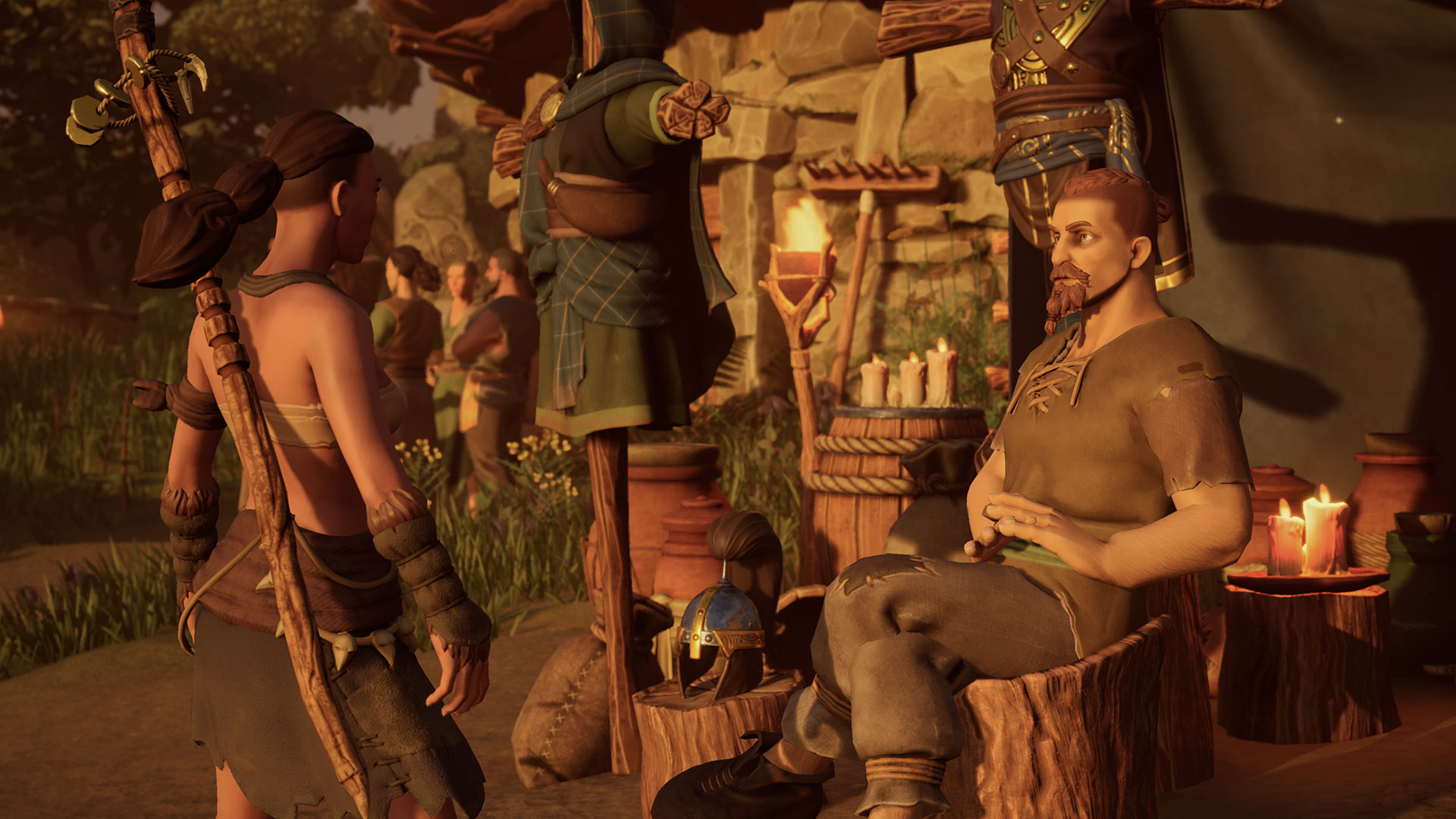
As you traverse the winding paths leading to a village steeped in earthy hues, you’ll immediately be struck with what The Waylanders is: a high-fantasy RPG conceived and constructed by some of the brightest talent in the games industry. After all, the Waylanders’ team includes Mike Laidlaw of BioWare fame as a creative consultant, while ex-Telltale narrative designer Emily Grace Buck spearheads the game’s writing department. In the last week or so, Chris Avellone, who has worked on behemoth franchises like Fallout, Baldur’s Gate, and Divinity, joined the team alongside veteran Fallout and Dragon Age composer Inon Zur.
“The Waylanders is a classic RPG game,” UI designer Jorge Pardo tells me. This might not seem like a particularly telling statement at first, but “classic” isn’t used as a throwaway word here. Dynamic combat and world traversal systems signpost The Waylanders’ love letter to complex RPGs of the past, and it eschews tons of bells and whistles for a more refined and pointed look at what a decades-old RPG would look like in 2020, when it’s set to launch.
Influenced by Dragon Age
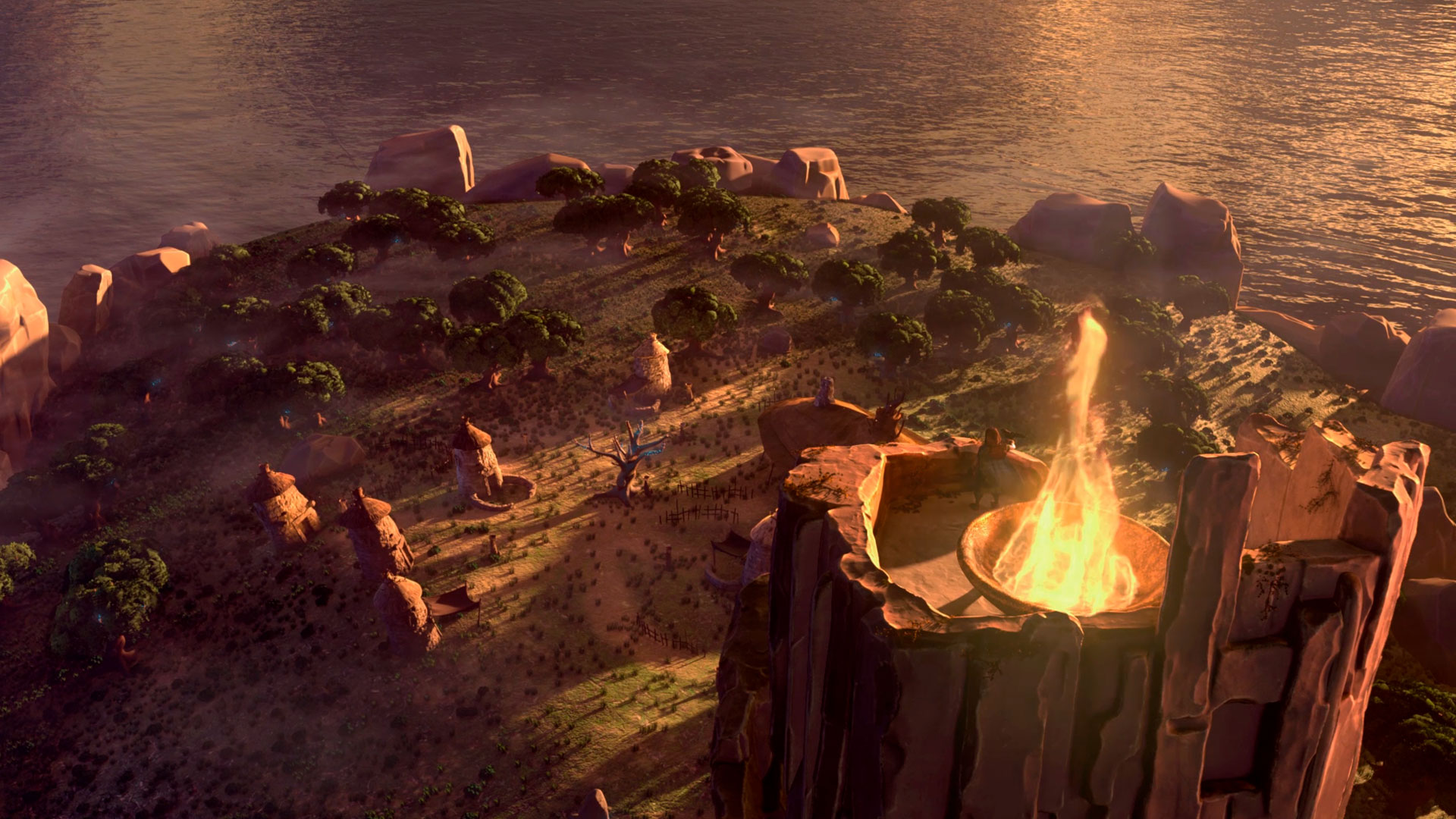
The build I’m being shown first is pre-alpha, and has since been ditched for a much more stylish aesthetic. As the characters travel around this wondrous fantasy world, I see shades of Dragon Age dancing in the shadows, flickering like embers about to be revitalized into open, untamed flame. But it’s not derivative of Dragon Age’s formula – it’s just mildly influenced by it.
The Waylanders is set in Brigantia, a “typical city from the Celtic era, located in the north of Spain,” Pardo says. But it’s not a bustling city where society’s upper echelon gorges on tropey, expensive wines, as is often the case with contemporary RPG hotspots. It’s spread out, dirt paths wrapping around the buildings like arteries pumping blood to a beating heart – at least the region I’m being shown. It makes you feel tiny, like a speck of dust floating through a world much bigger than you are. And it’s downright gorgeous to look at.
That’s what makes all of this so special and affecting. Everywhere in this world is based on real-life locations, Pardo says, and they’re modeled in relation to both Celtic and medieval history. According to Pardo, there’s a lighthouse in Spain that, to this day, is the oldest one in the world that’s still operating.
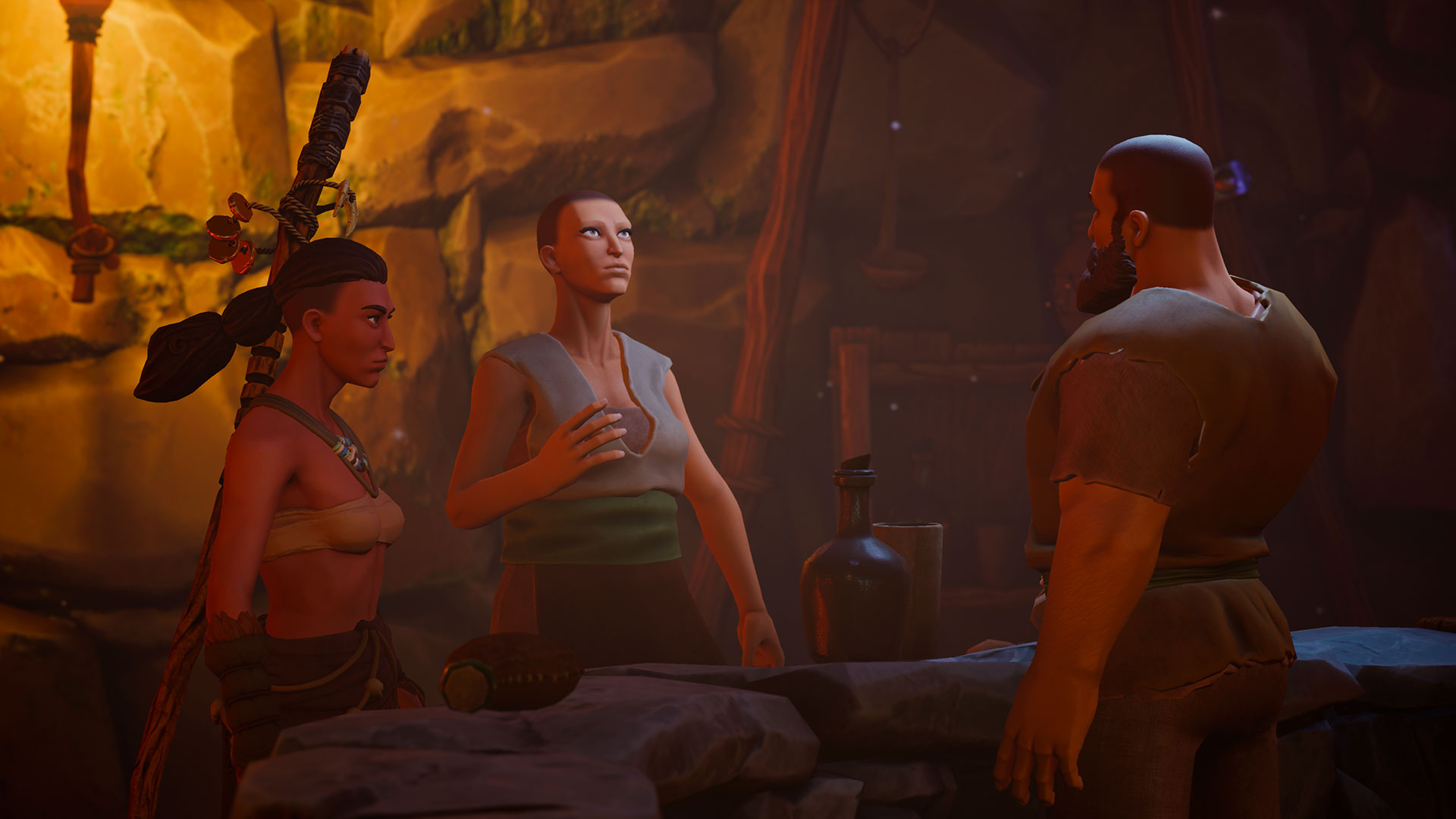
“The Hercules Tower is the sacred place of Brigantia,” Pardo says. “It’s the centre of magic in the Celtic era.” According to legend, Pardo continues, standing at the top will allow you to see all the way to Ireland – although this is little more than a tall tale. “That tower is still there and still works as a lighthouse,” Pardo says. “It's 2,000 years old.” All of a sudden, a portal is opened up between your screen and Celtic Galicia, as you begin to realize that elements of your world and its are inextricably intertwined.
So when you’re thrust into combat situations alongside your companions – of which there are 10 – the heat of the battle is cranked right up, as if you’re brandishing steel in the midst of a sweltering blaze. “In our game, there are six basic classes,” Pardo tells me: "warrior, guardian, explorer, rogue, sorcerer, and healer.” As with traditional RPGs, these six basic archetypes branch out into different styles as the game progresses, eventuating in 30 advanced builds that combine your original class with one of the other five remaining ones.
Sign up to the GamesRadar+ Newsletter
Weekly digests, tales from the communities you love, and more
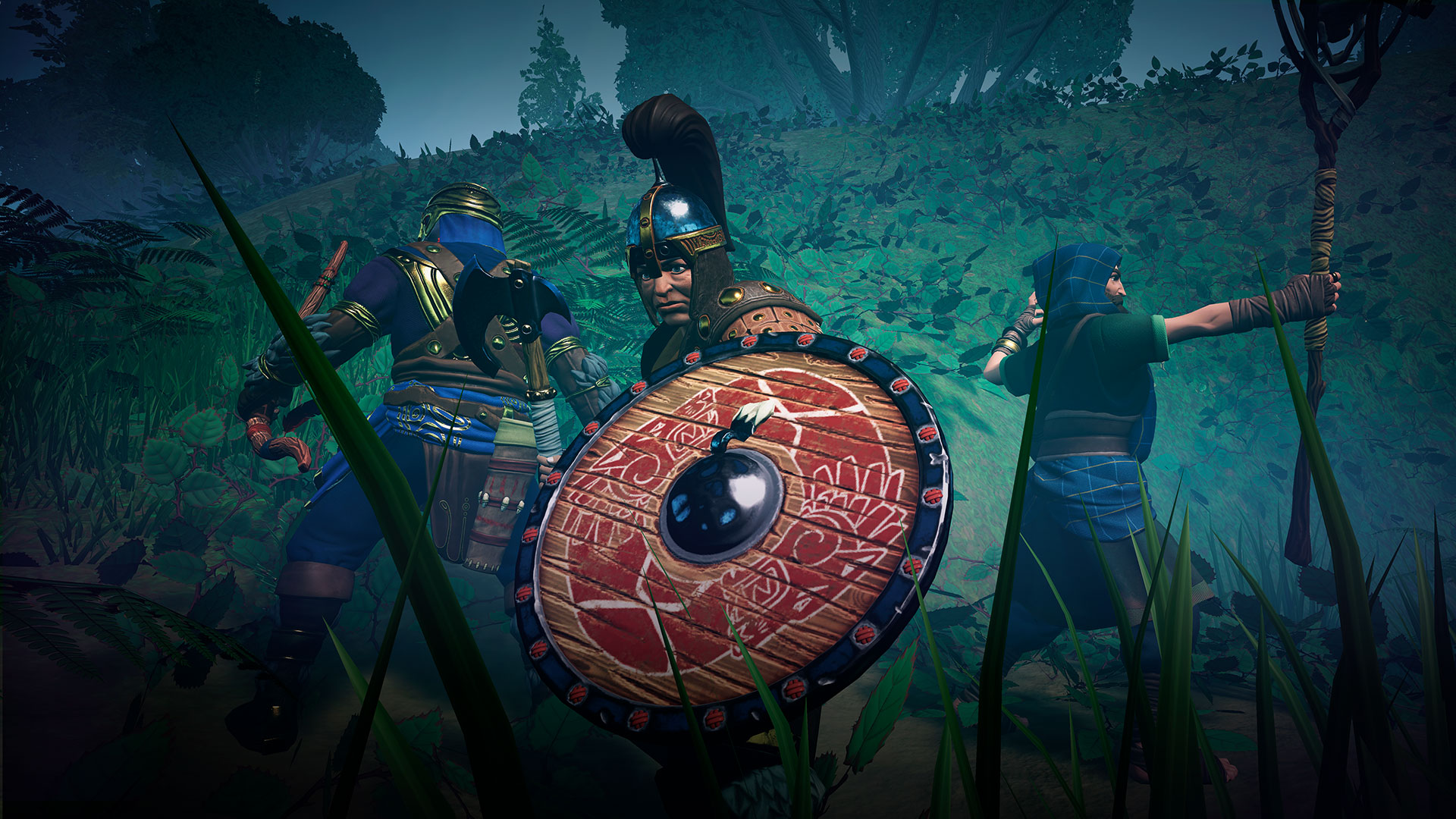
Squad combat is tactical, allowing you to take control of up to five party members across different classes. You can order companions to fall into strategic formations, depending on your preference of combat style and how tough your enemies are. Perhaps you’ve got a sorcerer who’s useless on the front lines, but can rain death from above if you tank enemy combatants and give them a little space to work with. You can also manipulate each arena’s environments, setting trees ablaze in order to divert the paths of your adversaries and turn the tides of a seemingly lost battle.
Love that spans eons
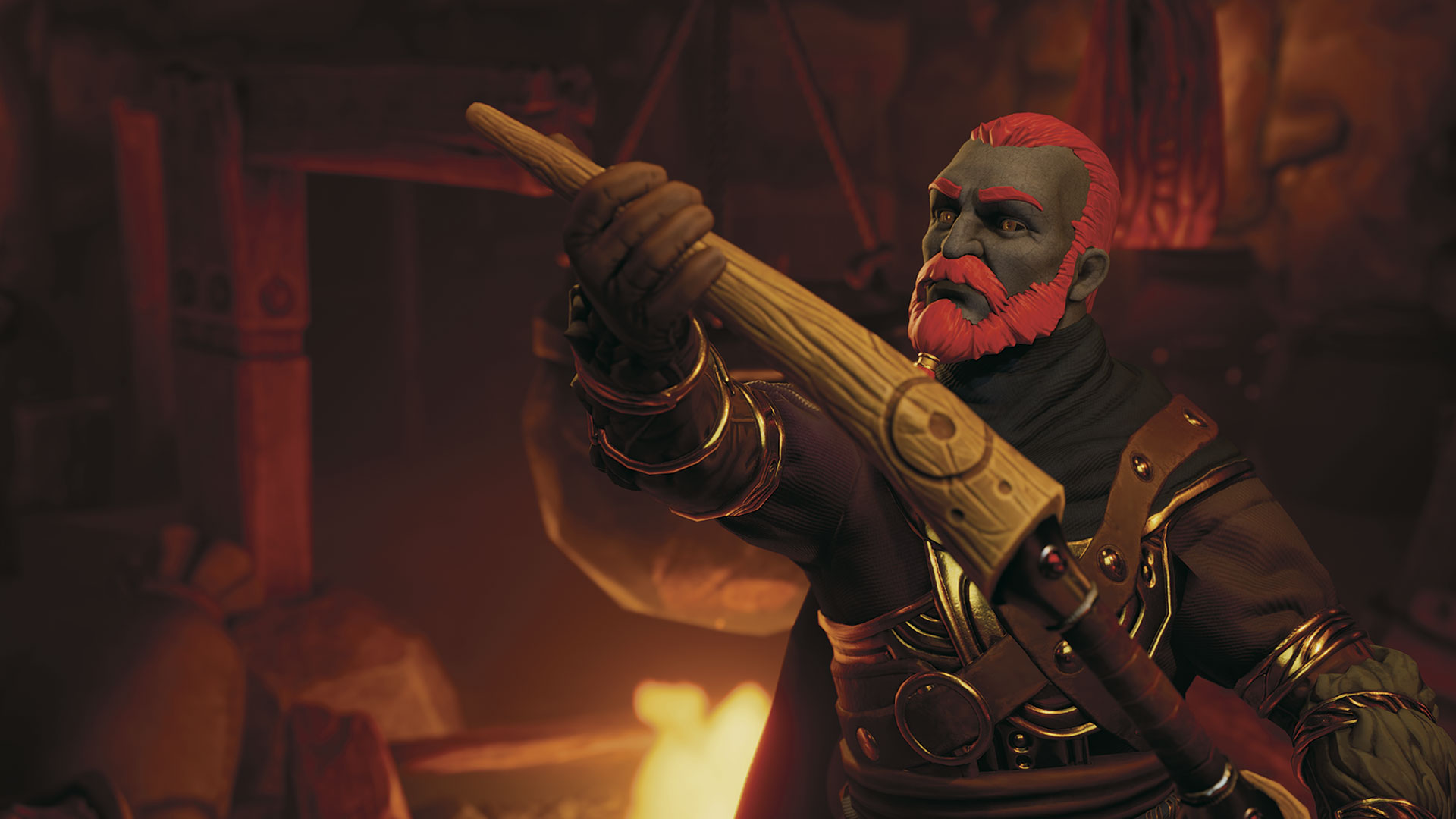
As for your purpose in The Waylanders, “you’ll have to travel through time,” Pardo explains. “You meet your companions in the Celtic era and you have to find their reincarnations in medieval times.” The game’s main story takes place over about 40 hours, but depends on how you choose to play.
But this time travel has an intriguing impact on the world itself. “Maybe you had a girlfriend in the Celtic era,” Pardo says, “and then you meet their reincarnation in medieval times and they’re a man, and you have to decide if you [still] love them.”
“That’s close,” lead writer Emily Grace buck adds in a separate conversation. “The entire world has changed between those two time periods - you’ve transitioned from a mostly Celtic culture, full of magic, mysticism, connection to nature, with an emphasis on openness and trade with people of other cultures and religions, to the height of early Catholicism.”
Although some of your party members reincarnate, they’ve only got the same souls of your friends from over a millennium ago, Buck explains. “I think it’s important to emphasize that they’re not the exact same person,” she continues. “They hold the same soul, sure, but they’ve had an entirely different life, within a different cultural and social context until the moment you reconnect with them.”
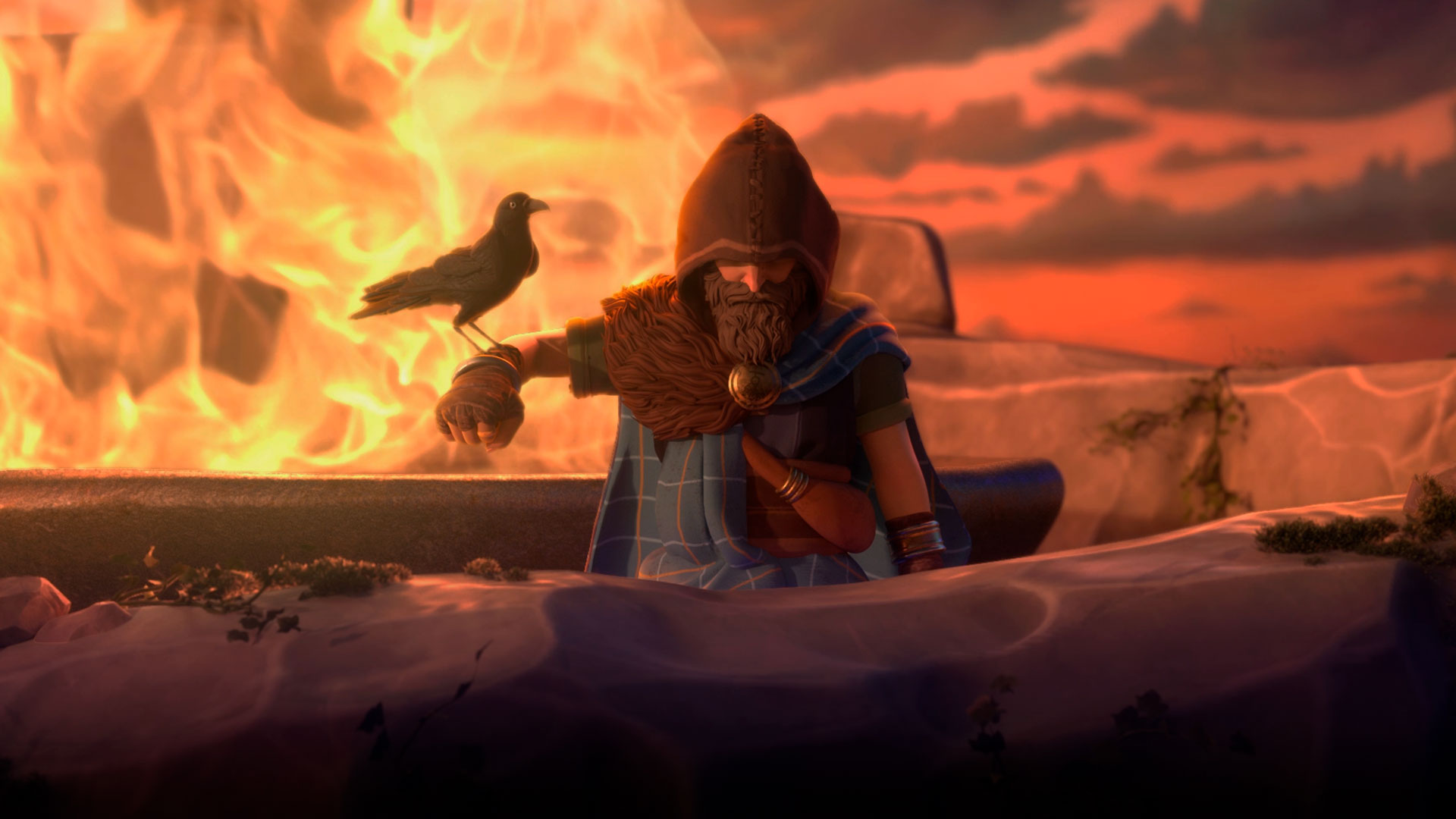
This is what makes the time travel at the heart of The Waylanders such a sublime phenomenon. These reincarnations of fallen friends will have a similar skill set to their Celtic counterparts, and romancing them anew is an option, but you can’t just pick up where you left off with a long-decadent part of their reincarnated soul.
“However, some of your party members and allies are immortal,” Buck explains. “As far as they’re concerned, you just up and vanished, then reappeared more than a thousand years later. What on earth does that do to a relationship? What’ve they been through in the meantime, how have they changed? Are they even happy to see you? Good questions that have been fun to answer.” And when the world of The Waylanders launches in early-mid 2020, you’ll be able to see exactly how these curious situations pan out.
“Managing time travel as a story mechanic is complex, but I hope that having characters who are both reborn and much older will help to ground the player and allow them to delve into how and why Spain developed the way it did,” Buck adds.
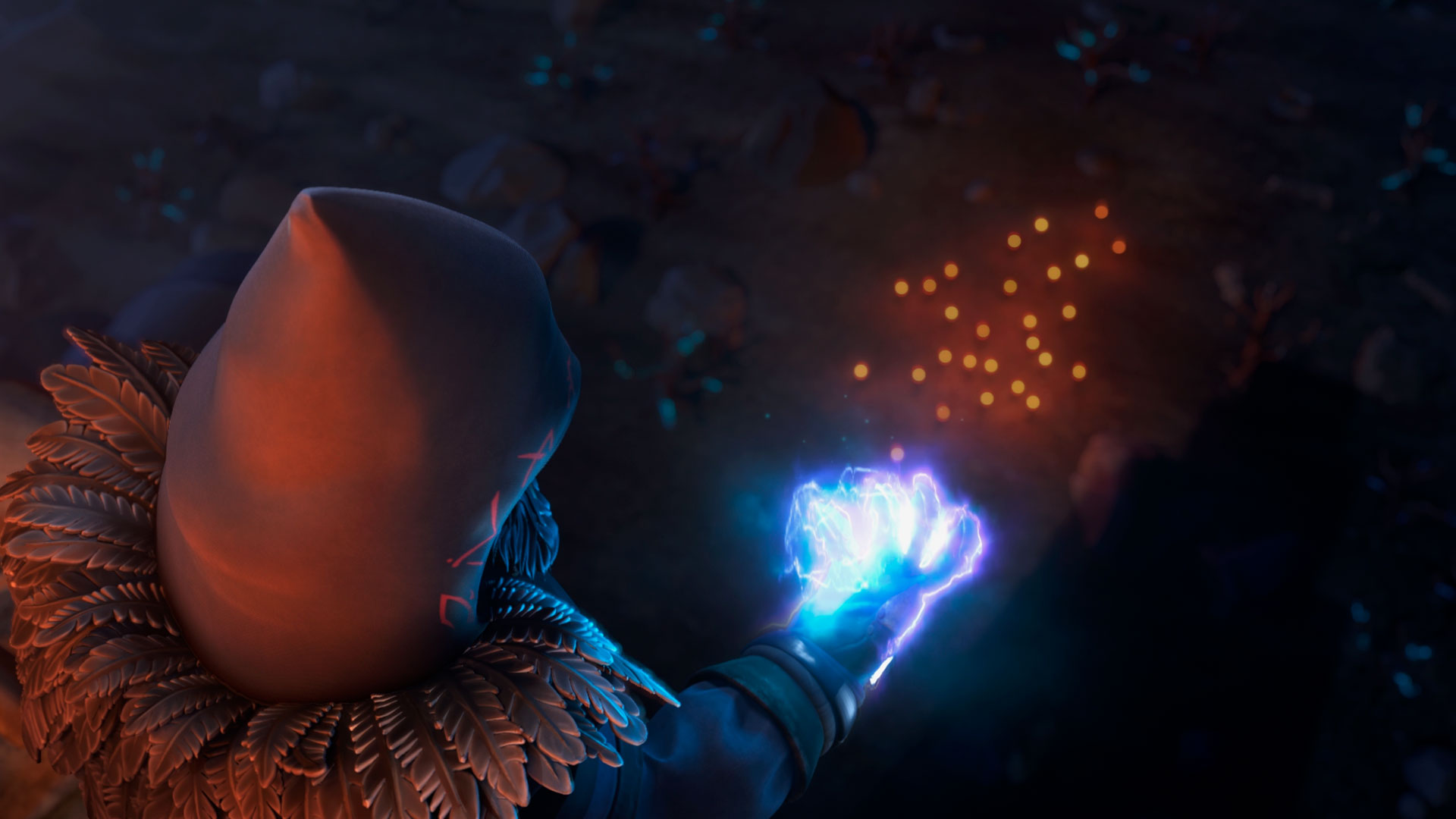
“Romance-wise, players will be able to cultivate one romance through the ages, romance different characters in the two eras... and more,” Buck tells me. “We currently have some characters who prefer to keep things casual, and some who want a serious relationship, as well as some who are openly polyamorous, and some who are not. So, players will have a lot of opportunities to develop an array of interesting romances and friendships throughout the game... or none, if they so choose!”
The Waylanders is scheduled for a Q1 2020 launch, but might be pushed back until summer. “First we’re gonna go on PC,” Pardo tells me. At the moment, the team is a little unsure about when console ports are due to launch, as they’re caught in limbo between the dying days of current gen and the inevitable arrival of next-gen consoles in the near future. Either way, The Waylanders is dropping soon, and it looks as if it’s going to take classic RPG formulas and catapult them into the contemporary zeitgeist.
Cian is a freelance journalist based in Ireland. He's written for numerous publications including USA Today, TheGamer, The Guardian, Washington Post, Verge, Vice, Polygon, Eurogamer, and GameSpot. He's a huge fan of The Witcher and other RPGs like Dragon Age.


